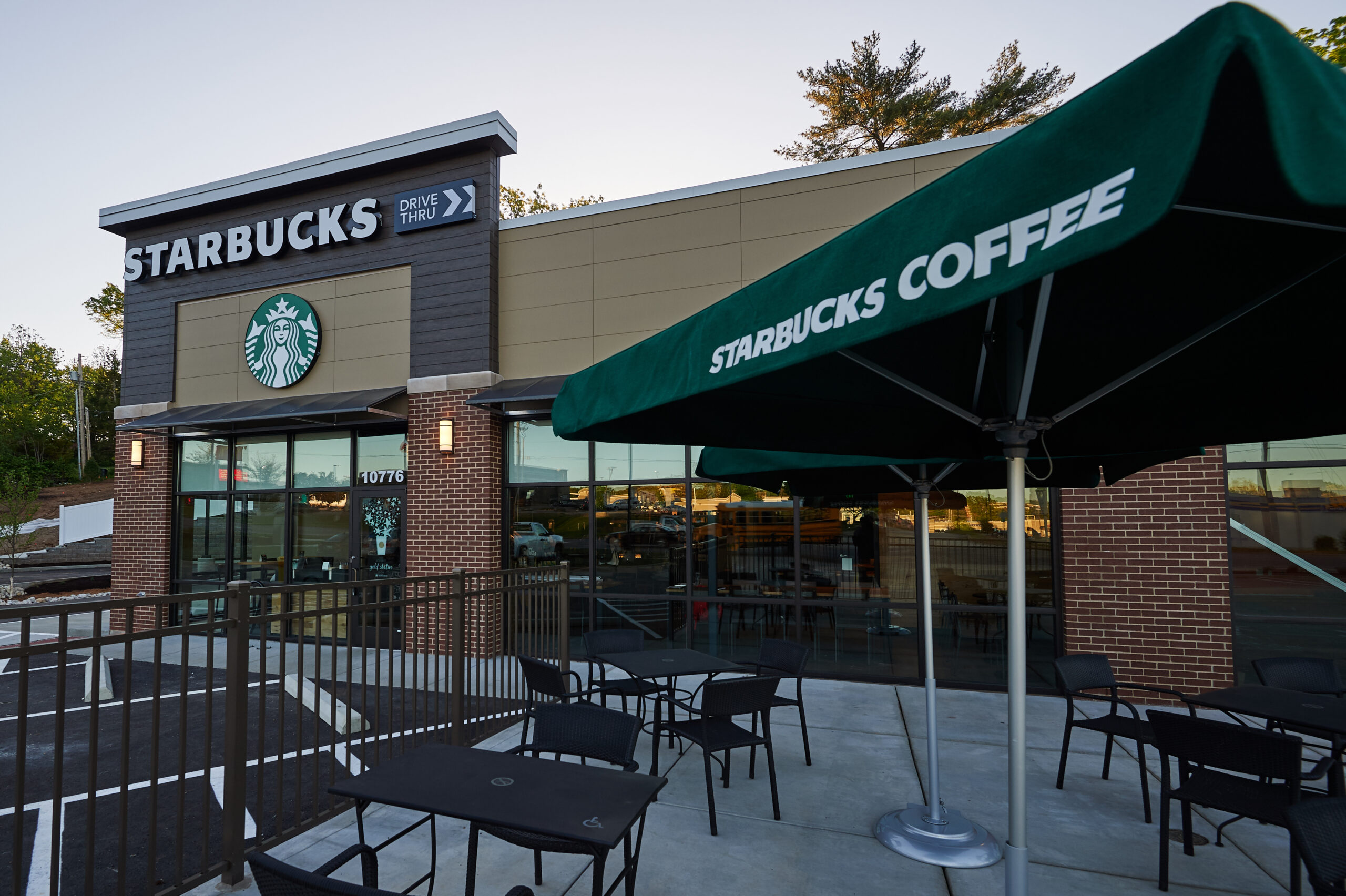
After protests erupt at Starbucks, the company announces unconscious bias training for all employees. But will it make a difference?
by Ave Rio
April 17, 2018
Starbucks Corp. announced it will close more than 8,000 stores the afternoon of May 29 for unconscious bias training. This announcement comes in the wake of protests following an incident at a Philadelphia Starbucks store where two black men were arrested for trespassing. According to news reports, the two men were waiting for a friend to arrive while sitting inside the Starbucks. When they refused to leave, the store manager called the police. A video of the incident quickly went viral.
According to Starbucks’ April 17 news release, the training program will be designed to address implicit bias, promote conscious inclusion, prevent discrimination and ensure a safe and welcome environment inside Starbucks stores. A Starbucks spokesperson said the curriculum will be developed with guidance from racial bias experts such as Bryan Stevenson, founder and executive director of the Equal Justice Initiative, Sherrilyn Ifill, president and director-counsel of the NAACP Legal Defense and Education Fund, former U.S. Attorney General Eric Holder and others.
But not all experts are confident this type of training produces results.
“I’m sad but not surprised Starbucks is going to spend an insane amount of money and shut down their stores for half a day to send everyone through training that likely won’t work,” said Susana Rinderle, a diversity and inclusion consultant. “Most of the trainings that are out there are about raising people’s awareness. They tell people what bias is with all kinds of research, but people walk away with absolutely no new action.”
Rinderle said training is only the solution if a lack of knowledge and skills is the problem but she believes the problem lies more within the system than the individual. When the focus is on individuals, the problem of the larger culture is not addressed, she said. “The individuals are enacting in imprints of a larger culture which is influenced by structures, systems and processes a lot more than individual choice.”
The widely-used Implicit Association Test measures an individual’s unconscious biases. The test is based on the way people group things in their minds, such as bread and butter or nail and hammer, for example. In the test, individuals are given photos of black and white faces and words that are generally thought of as positive or negative. The test results show that people are generally faster to associate black faces with negative words and white faces with positive words.
Rinderle said this test perfectly exemplifies how society imprints messages into people’s minds. “Our mind is constantly unconsciously shifting and making decisions outside of our awareness and permission because of messages from our culture,” Rinderle said. “In order to disrupt that unintended effect, you have to know what your biases are and you have to exercise cognitive control.”
But she said that’s not something a person can learn in a half-day workshop. Rinderle said the focus should be on what protocol, or lack of protocol, was in place that inspired the manager in Starbucks to call the police. “What are the behaviors in a Starbucks that the managers are trained to call the police?” she asked.
Todd Maddox, brain science expert and analyst at Amalgam Insights, said he applauds Starbucks for being proactive by apologizing and incorporating unconscious bias prevention training, but he also questions whether the company is using the most effective training procedures.
Maddox said unconscious bias prevention training is a form of soft skills training that requires behavior change. “[It] requires the engagement of the behavioral skills learning system in the brain and the basal ganglia, in particular,” he said. “This requires interactive, real-time, immediate feedback training that involves rewards and punishments and dopamine-mediated learning.”
He said if the training is a one-time workshop, its effectiveness will be reduced. In addition, it won’t be as effective if the training focuses on what to do and not to do and how to identify bias as opposed to training behavior, he added. “When behavior is what matters, you must train how to behave, not just tell people what to do,” he said.
Rinderle said the trainings she has seen to be most effective are the ones that encourage people to identify decision points where unconscious bias comes into play and help people find specific behavior changes they can implement in the next two weeks.
“Having the awareness and the cognitive control to pause and reflect on the data your senses are giving can help you make a more effective decision,” she said.




